Take advantage of over €95 in cumulative savings on all PASS member and partner sites, so you can visit at a smart price!
Château de Sagonne Privilege Pass price: €8 instead of €10 for the visit
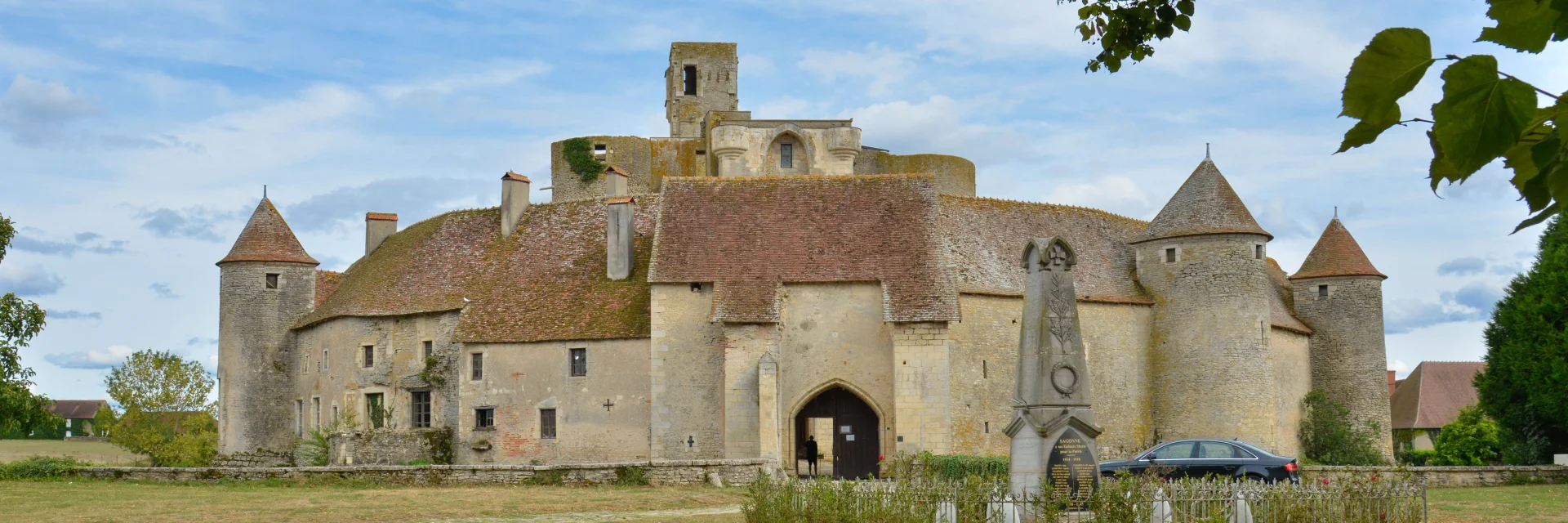 Château de Sagonne|Route Jacques Cœur
Château de Sagonne|Route Jacques CœurTake advantage of over €95 in cumulative savings on all PASS member and partner sites, so you can visit at a smart price!
Château de Sagonne Privilege Pass price: €8 instead of €10 for the visit
Guided tour of château, museum and park: €10
Guided tour of castle and park: €9
Children aged 6 to 14: €6
Reduced rate: €8
Free admission: children under 6
Reservations by telephone on 02 48 80 01 27 or by e-mail at contact@chateausagonne.com
Every day from Tuesday, July 1 to Sunday, August 31, 10am to 12pm and 2pm to 6pm
Guided tour departures
10 am, 11 am, 2 pm, 3 pm, 4 pm and 5 pm
For groups: visits possible outside the dates indicated (minimum 15 people)
Full price: €5
Free: children under 6
Every day from Tuesday July 1 to Sunday August 31, 10am to 12pm and 2pm to 6pm
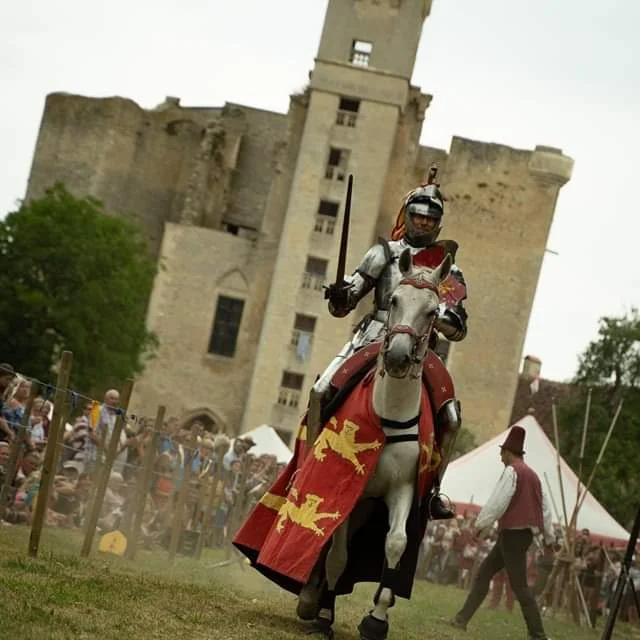 Château de Sagonne, Medieval Festivities|Jonas-Graphiste.com
Château de Sagonne, Medieval Festivities|Jonas-Graphiste.comSaturday July 19 from 10am to 10pm and Sunday July 20 from 9am to 7pm
10am to 12pm and 2pm to 6pm
JULY – AUGUST
Tuesday, July 1 to Sunday, August 31, 10 a.m. to 12 p.m. and 2 p.m. to 6 p.m.
Outside these dates: group visits (minimum 15 people) by telephone on 02 48 80 01 27 or by e-mail at contact@chateausagonne.com
Parking on the village square in front of the château.
Between Bourges and Nevers on the D2076 – 3 hours from Paris on the A71 freeway – La Guerche-sur-l’Aubois train station 15 km away.
Via 2076: Bourges 42 km – Nevers 35 km- Moulins 57 km
GPS 46.50.56 – 2.49.33
Rental Gîte du Moulin de Sagonne (28 places).
Further information by telephone on 02 48 80 01 27 or by e-mail at contact@chateausagonne.com
Receptions: birthdays, weddings, business or private meetings, farewell parties, etc.
Further information by telephone on 02 48 80 01 27 or by e-mail at contact@chateausagonne.com
Cash, credit card, cheque, vacation vouchers.
Visitors welcome in French and English.
(click here to buy your Pass and benefit from reduced rates)
Accessible exteriors.
Donjon and Mansart Museum not accessible to wheelchair users.
Known since the 20thcentury to the house of the Counts of Sancerre, the fortress of Sagonne was built in the 14th century to protect the road from Bourges to Moulins from the ravages of the mercenaries of the ” great companies ” taking advantage of the political instability of the troubles of the Hundred Years’ War. It consisted of a polygonal enclosure of eight towers, protected by two fortified gates leading to a keep, all surrounded by wide moats.
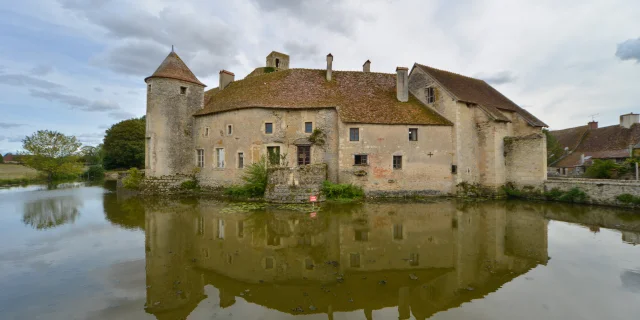 Château de Sagonne|Route Jacques Cœur
Château de Sagonne|Route Jacques CœurThe modifications made by Jules-Hardouin Mansart (Royal Superintendent of Buildings and Manufactures, who acquired the property in 1699) affected the entire eastern part of the enclosure, which he had demolished to open up a perspective of formal gardens.
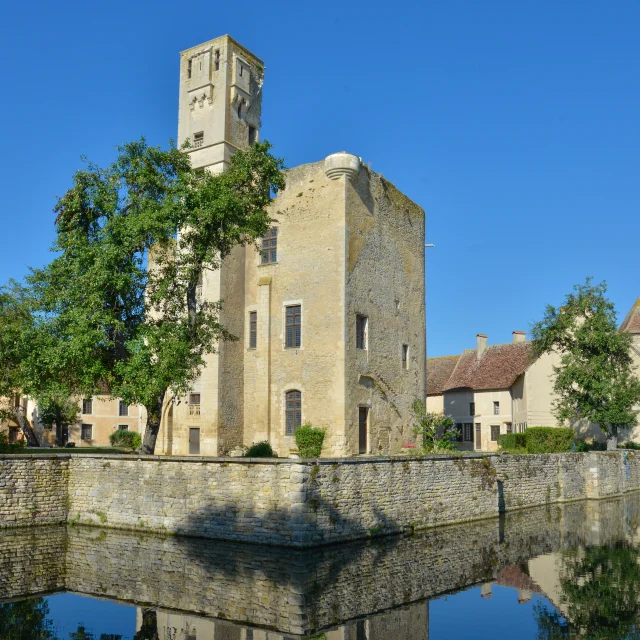 Château de Sagonne|Route Jacques Cœur
Château de Sagonne|Route Jacques Cœur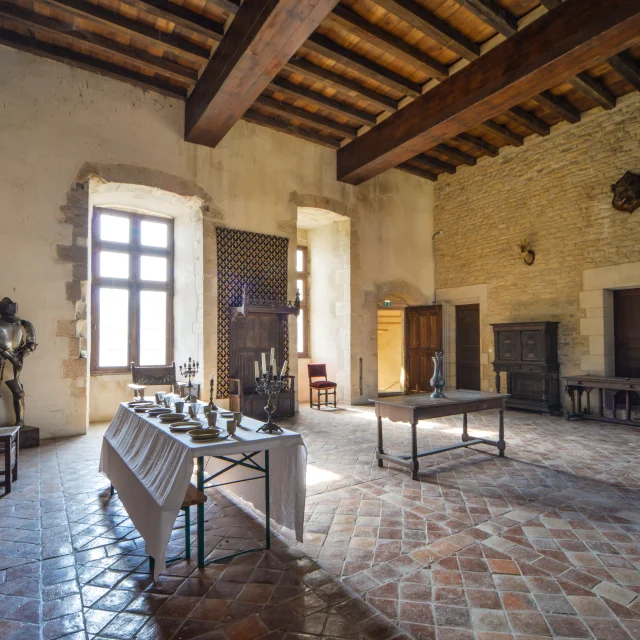 Château de Sagonne|Route Jacques Cœur
Château de Sagonne|Route Jacques CœurThe demolitions that followed the castle’s sale as national property in 1791, and which continued for over a century, left an enclosure composed of curtain walls (some of which still exist), six towers (two of which have only their bases left), a fortified gate and a rectangular keep flanked on the west by three towers and on the east by a staircase tower.
This castral complex retains many traces of its defensive system, particularly in its northern and western sections. The surrounding towers have a heeled base, and the first floor is vaulted into a cul-de-four. The entrance structure is traversed by a 15th-century pointed-arch vaulted corridor, which still bears the structure of a stunner, the portcullis passage and the hanging leaves. The west façade is buttressed by two buttresses supporting corbelled turrets overlooking the bridge over the moat. On either side are the curtain walls flanked by U-shaped towers. The walls are pierced with arches, cruciform arches and gunports.
A staircase built into the thickness of the wall leads to the upper storey, which has retained the portcullis chamber. On the north side, the curtain walls have been opened up by the facade of the dwellings, which have been set against the enclosure on the courtyard side. These buildings consist of stables to the south and intendance and garrison dwellings to the north. They date from the 15th to 18th centuries.
The keep has lost its roof. It comprises a rectangular building flanked by towers. To the north, the three-storey seigneurial dwelling is flanked by a U-shaped tower at the north-west corner. The central part is built as a rectangular tower with a vaulted corridor beneath. The facade is composed of two projecting buttresses joined on the fourth level by a pointed-arch arch surmounting the windows on each floor. The tops of the buttresses bear the corbels of turrets that no longer exist.
On the first floor, a vaulted corridor has preserved part of the defensive system: traces of a drawbridge system and a portcullis. Above this vaulted corridor is the chapel. To the south, a large U-shaped tower is built diagonally across the south gable. The original spiral staircase starts from the vaulted first floor and is built into the thickness of the wall. In the 15th century, a square staircase tower was added, pierced by eight rectangular windows whose sculpted, openwork spandrels form small geminated, three-lobed arches. The tower is crowned by two additional levels, the upper part of which is flanked on three sides by bretches. It houses a 170-step spiral staircase turning to the right. The total height of the tower is almost 40 meters.
Restoration of the Sagonne fortress began in the 1970s.
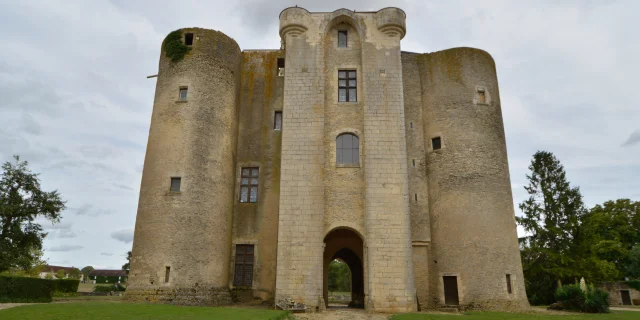 Château de Sagonne|Route Jacques Cœur
Château de Sagonne|Route Jacques CœurFind Château de Sagonne on its website and networks:
Need more information?